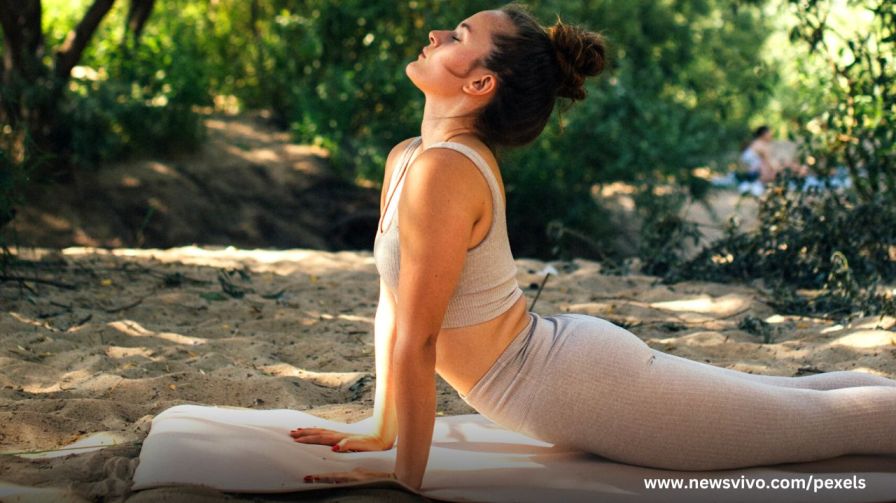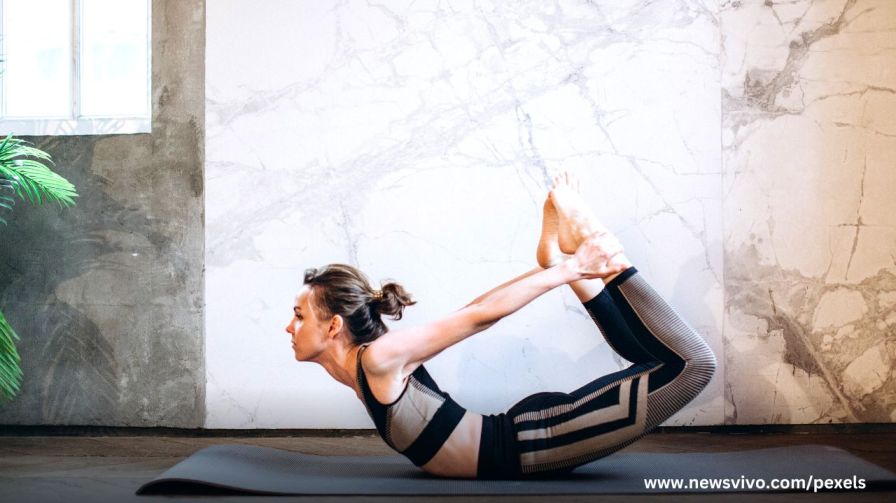Millions of individuals worldwide struggle with snoring, a common sleep disorder. Snoring can be a bothersome problem for the snorer and their sleeping companion because it can cause sleep disruption, daytime sleepiness, irritation, and other health issues. Although there are several treatments for snoring, such as pills, surgery, and equipment like CPAP machines, many people are turning to all-natural approaches like yoga to deal with this problem.
Can yoga cure snoring?
A thousand years ago, in India, a practise known as yoga was first developed. It is a comprehensive strategy for health and wellness that incorporates physical positions, breathing exercises, meditation, and relaxation methods. Many studies have demonstrated that yoga can enhance general quality of life, reduce stress and anxiety, and improve cardiovascular health, among other health advantages.
The improvement of respiratory patterns is one method yoga can help those who snore. Poor breathing practises can make snoring more likely to occur since snoring frequently results from the vibration of the soft tissues in the throat. By bolstering the respiratory system’s muscles, expanding the lung’s capacity, and encouraging improved blood oxygenation in the body, yoga can aid in healthier breathing.
Inflammation, another element that may contribute to snoring, can be lessened with yoga. As a result of swelling and airway restriction brought on by inflammation in the throat and nasal passages, which can also cause snoring, breathing can become more difficult. Yoga poses that gently twist and stretch the body can stimulate the lymphatic system and aid in the removal of toxins, which can reduce inflammation and enhance general health.
So, can yoga cure snoring? Yoga can be a great technique for dealing with this problem. In this article, we’ll look at three yoga postures that have been created expressly to reduce snoring and enhance breathing. You might be able to lessen or perhaps stop snoring by include these positions in your regular yoga practise and get a better night’s sleep.
Bhramari Pranayama

Bhramari Pranayama is a combination of the Hindi words for bumble bee and breathing practise, respectively. The exhalation sound produced by this technique resembles a bee humming. “You can feel the sound vibrations in your jaws, neck, and face, which helps to quiet the mind as you do this pranayama.”
Step by Step process
- Choose a comfortable position to sit in, ideally cross-legged.
- Close your eyes and arch your back.
- Body-balance while taking in the silence.
- Place your fingers on each of the aforementioned areas. Start with your little finger and pay attention to the tips on the right and left sides of your nostril. The Ida Nadi and Pingala Nadi are these; the former flows along the left side and the latter along the right.
- Instead of exerting any muscles when you press these sites, you are actually providing pressure to these nadis or channels.
- All of these places on the tips of our fingers are actually activating and channelizing these nadis during Bhramari pranayama.
- Now exhale in a humming bee sound while breathing rhythmically.
- Be mindful of your pressure points at all times. Make sure to use little pressure and avoid applying too much. Depending on your comfort level, move at a slow (shant), medium (madhyam), or quick (tivra gati) pace.
Bhujangasana (Cobra Pose)

A backbend stance is called bhujangasana. It looks like a cobra with its hood erect, as its name suggests. One of the best asanas for strengthening and lengthening the stomach is this one. Also, the pose eases sciatica, relieves stress and exhaustion, and even corrects irregular menstruation.
Step by Step process
- On your stomach, lay flat on the ground. With your toes on the ground, extend your legs back. Put your elbows close to your sides and spread your palms out on the floor beneath your shoulders.
- Put pressure on the floor with the tops of your thighs and feet.
- Inhale and slowly straighten your arms while placing your hands on the ground. To the point of your navel, lift your chest off the floor. Keep your pelvis flat on the ground. Keep pressing your navel down while gently squeezing your buttocks.
- While you contract your shoulder blades, widen them to pull your chest forward.
- Maintain the position for 15 to 30 seconds while breathing in and out.
- Exhale as you lower yourself back to the ground.
Dhanurasana (Bow Pose)

Yoga’s basic spinal flexibility pose is called Dhanurasana. This posture, which is often referred to as Urdva Chakrasana, resembles an archer’s bow. Both “Dhanu” and “Asana” are terms for a bow in Sanskrit. The arms, shoulders, back, hamstrings, chest, hips, and knees are just a few of the key types of body muscles that can be stretched and stimulated in this pose.
Furthermore advantageous are its effects on hunger and digestion, weight loss, the treatment of gastrointestinal issues including dyspepsia and rheumatism, and the management of respiratory conditions like asthma.
Step by Step process
- Laying on your stomach with your hands by your side is a good place to start.
- Exhale, bend your knees, and attempt to get your heels as close to your buttocks as you can. Hold on to your ankles with your hands back and extended. For the entire stance, maintain hip-width apart on your knees.
- Take a deep breath in and lift your upper body and lower body off the ground by holding onto your ankles. At the same time that you lift your thighs off the ground, lift your heels away from your buttocks. You’ll lift up your chest and head as well. Tilt your chin up slightly.
- For 20 to 30 seconds, keep this stance while continuing to breathe gently.
- Release from the pose as you exhale and take a few peaceful breaths to unwind. You can perform the position one or two more times.